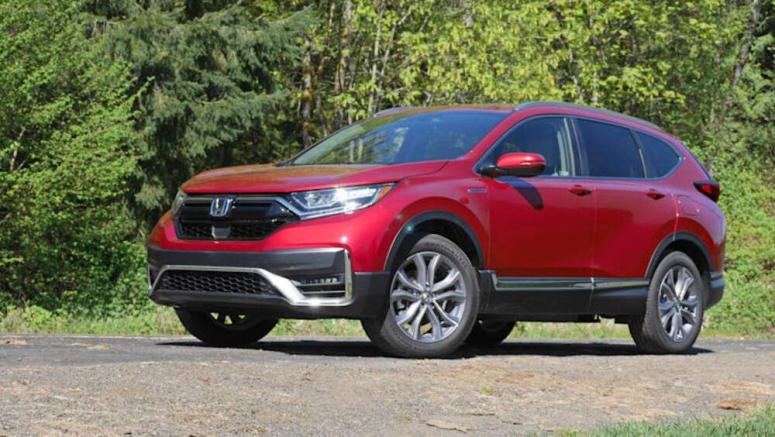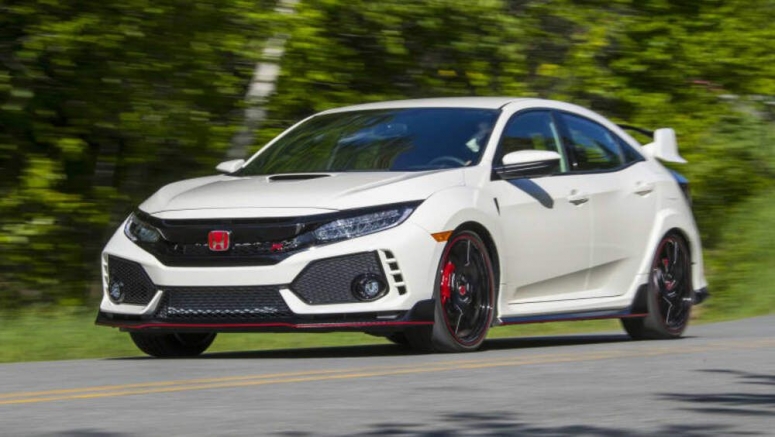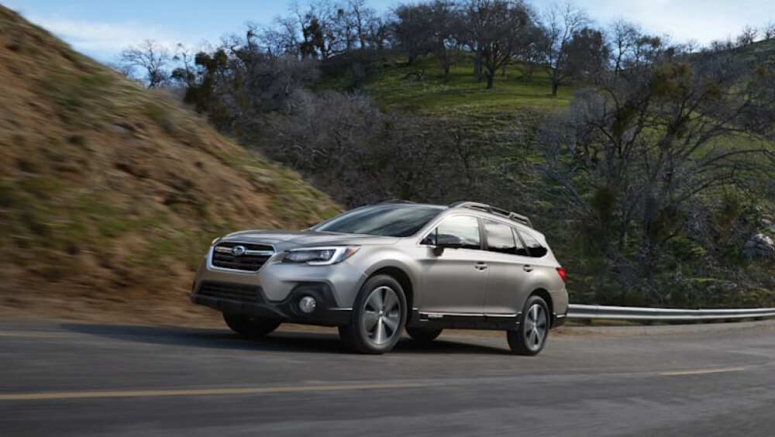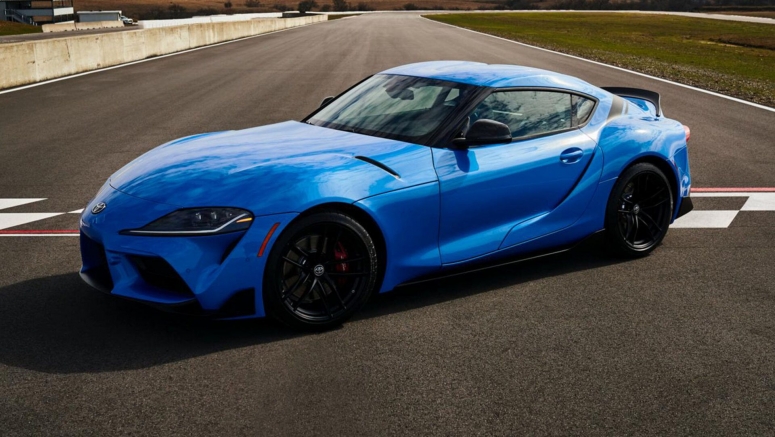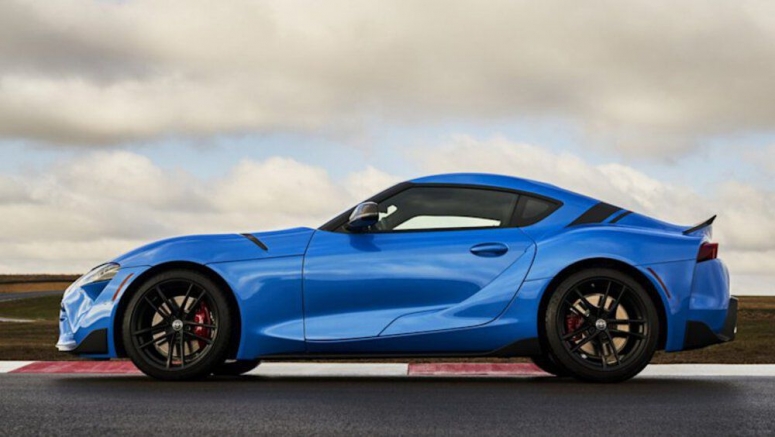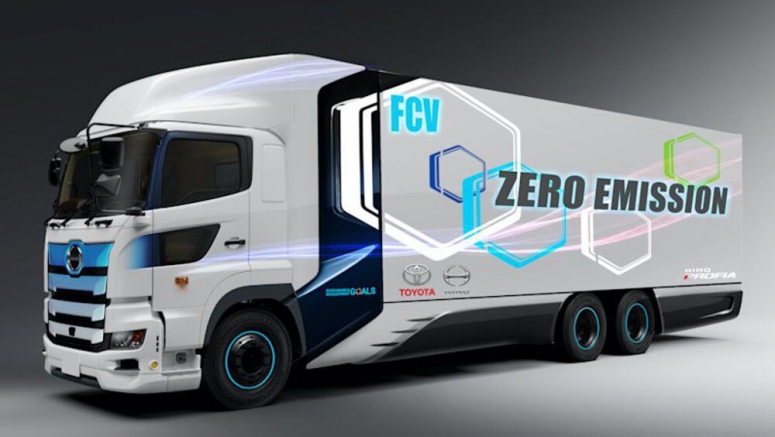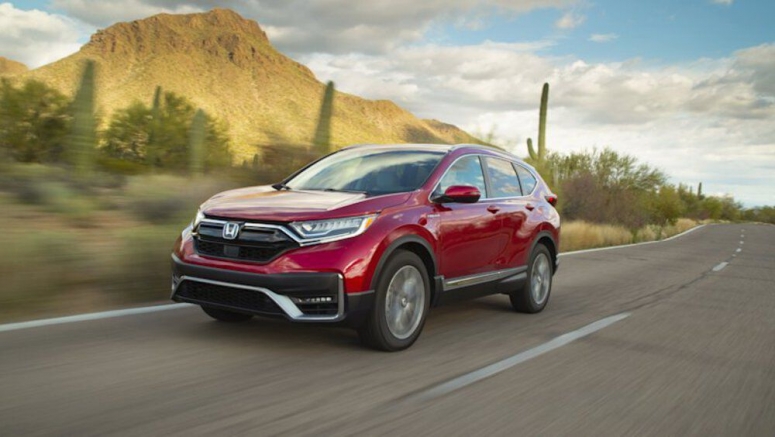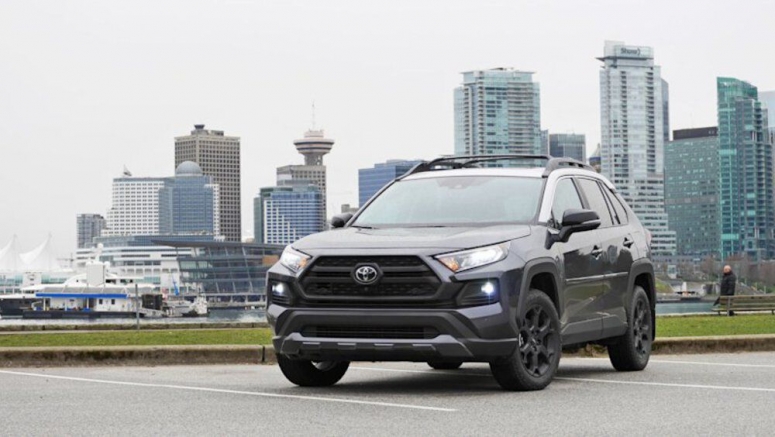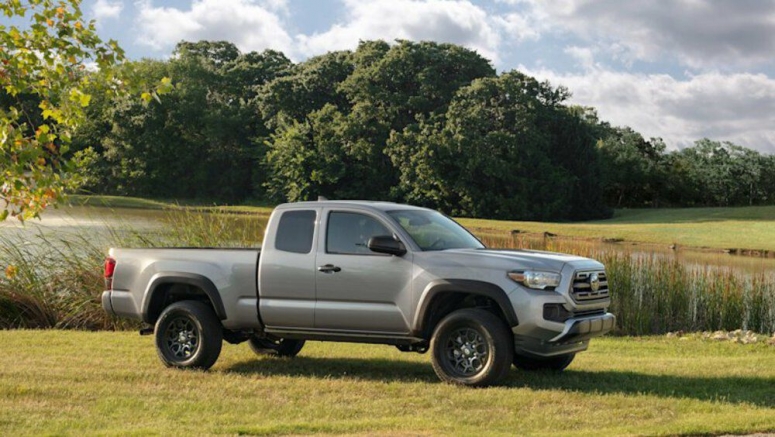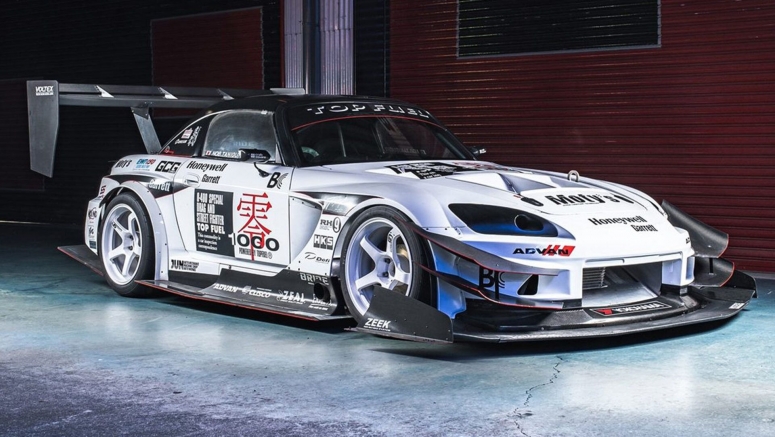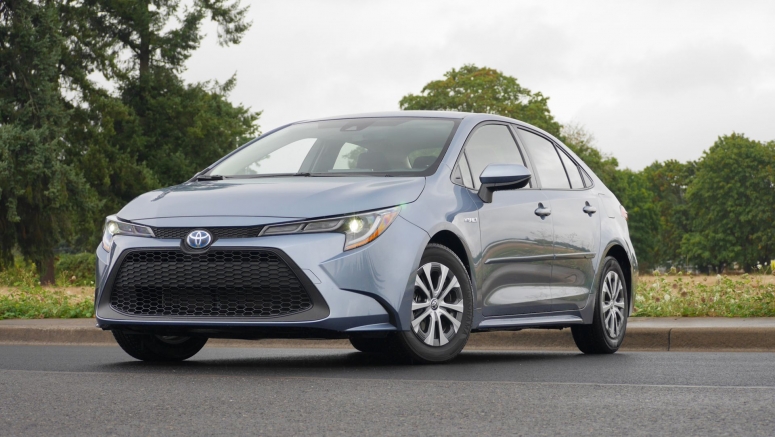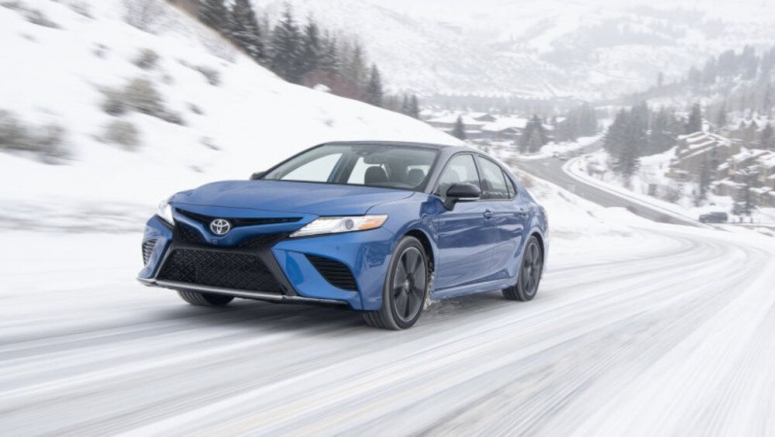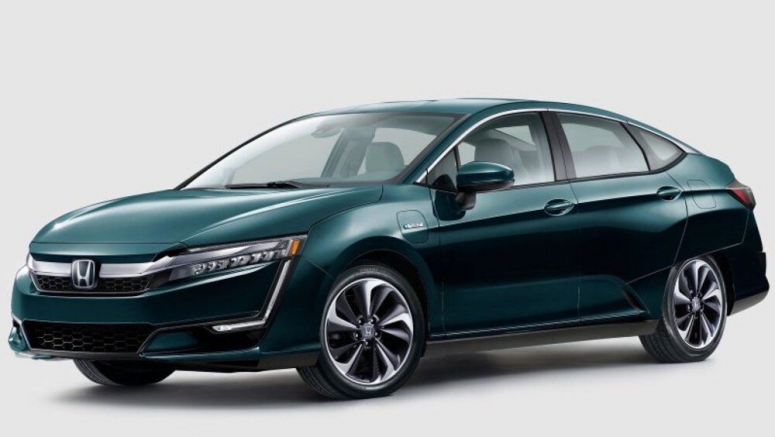2021 Nissan Rogue Power And Fuel Economy Leaks Out Early
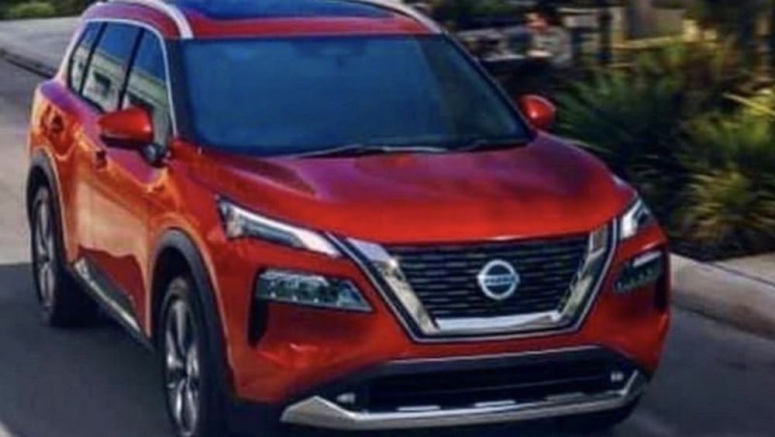
Last we saw of the redesigned 2021 Nissan Rogue was the car itself, leaked in some fuzzy but revealing photos online. Today, some details are trickling out about what's better in the new compact crossover. Power figures and fuel economy numbers were uncovered by CarsDirect, showing minor improvements to both.
The current Rogue is powered by a 2.5-liter four-cylinder engine that makes 170 horsepower and 175 pound-feet of torque. Citing an early document meant for fleet customers, the report claims the new Rogue will make 180 horsepower and 184 pound-feet of torque. Those numbers are only slightly better than before, so we imagine Nissan is simply using an updated version of the current 2.5-liter four-cylinder under the hood.
- Published in Auto Moto
- Read more...
